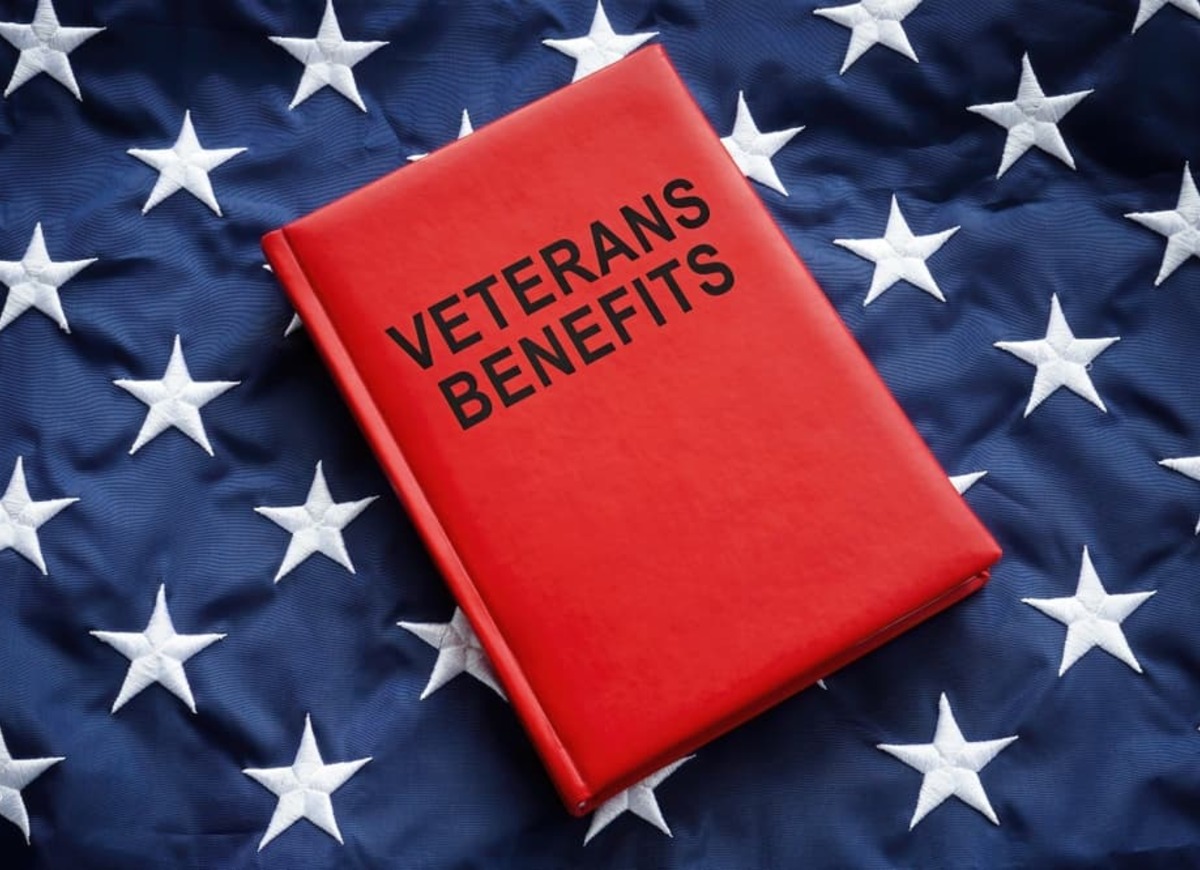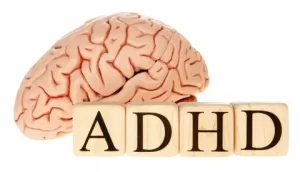If you’re a veteran, you’ve given so much in service to your country. Now it’s time to ensure you’re not leaving money on the table when it comes to VA veterans disability benefits. These benefits aren’t just a “nice-to-have”; they’re essential support for those who’ve sacrificed for our nation. But navigating the system can feel like finding your way through a maze blindfolded. Don’t worry—we’ve got you covered!
What Are Veterans Disability Benefits?
Think of these benefits as a safety net specifically designed for veterans. They provide monthly, tax-free compensation for service-connected disabilities. Whether it’s a physical injury or a mental health condition stemming from your service, you could qualify for financial support.
How Do Veterans Disability Benefits Work?
To understand the process, let’s break it down step by step:
1. Determining Eligibility
Eligibility revolves around proving a connection between your disability and your military service. This is where medical records and service history come into play.
2. Disability Ratings Matter
The VA assigns a percentage rating (0% to 100%) to your disability based on its severity. This rating determines how much compensation you’ll receive monthly.
Common Disabilities Covered
Wondering if your condition qualifies? Here’s a quick look:
- Physical Injuries: Loss of limbs, chronic pain, or mobility issues.
- Mental Health Conditions: PTSD, anxiety, or depression.
- Illnesses: Agent Orange exposure, Gulf War Syndrome, and others.
Steps to Apply for VA Veterans Disability Benefits
1. Gather Your Documents
First, collect your DD-214, medical records, and any other evidence that links your condition to your service.
2. File a Claim
Visit the VA website or your local office to file your claim. Include all required documentation to strengthen your case.
3. Attend VA Exams
VA exams assess the severity of your condition. Be honest and detailed about your symptoms during these evaluations.
Overcoming Common Challenges
1. Denied Claims
Denied? Don’t panic. Many veterans face this hurdle. The good news? You can appeal. Veterans organizations can guide you through this tricky process.
2. Proving Service Connection
Sometimes, proving the link between your disability and service can feel like climbing Everest. This is where expert help is invaluable.
Why Some Veterans Leave Money on the Table
Unfortunately, not all veterans claim their VA veterans disability benefits. Why?
- Lack of awareness about eligibility.
- Intimidation by the paperwork.
- Assuming their condition isn’t “severe enough.”
Pro tip: Even a 0% rating qualifies you for certain perks!
The Role of Disabled Veterans Organizations
Ever felt like you’re shouting into the void when dealing with the VA? That’s where disabled veterans organizations come in.
How They Help
- Guidance Through Claims: They assist with paperwork and ensure your claim is strong.
- Appeals Support: If your claim is denied, they know how to fight back.
- Community Connection: Sometimes, just knowing you’re not alone makes all the difference.
Benefits Beyond Monthly Compensation
1. Healthcare Services
Did you know that your disability rating could unlock free or discounted healthcare?
2. Education and Training
Many veterans use their benefits for further education or vocational training.
3. Housing Support
The VA offers grants to modify your home for accessibility or even purchase a home with favorable loan terms.
Tips for Maximizing Your VA Veterans Disability Benefits
1. Keep Your Documentation Up-to-Date
Always have updated medical records to back your claims.
2. Leverage Veterans Organizations
Their expertise can save you time and frustration.
3. Don’t Be Afraid to Appeal
Persistence is key. Many successful claims happen on appeal.
The Appeal Process: What You Need to Know
1. Notice of Disagreement (NOD)
This is your formal way of telling the VA, “I disagree with your decision!”
2. Gather Additional Evidence
Strengthen your case with new medical opinions or supporting documents.
3. Work With an Advocate
Trust the pros, like those in veterans organizations, to handle the nitty-gritty.
Latest Updates in VA Veterans Disability Benefits
The VA continually updates policies to better serve veterans. From expanded eligibility to higher compensation rates, staying informed can mean more benefits for you.
Conclusion: Don’t Leave Money on the Table!
Navigating VA veteran’s disability benefits might feel overwhelming, but it’s worth the effort. You’ve earned these benefits through your service, and they’re here to support you. Whether it’s financial aid, healthcare, or housing support, don’t let bureaucracy stand in your way. Partner with disabled veterans organizations, stay persistent, and claim what’s rightfully yours.
FAQs
1. What’s the highest VA disability rating, and what does it mean?
The highest rating is 100%, which signifies a total inability to work due to disabilities.
2. Can I receive VA benefits for mental health conditions?
Absolutely! Conditions like PTSD and depression are commonly approved.
3. How long does it take to get VA disability benefits?
The timeline varies but typically ranges from a few months to a year.
4. What happens if my condition worsens over time?
You can request a re-evaluation to potentially increase your disability rating.
5. Are there benefits for family members of disabled veterans?
Yes, family members may qualify for education, healthcare, and other perks through VA programs.


